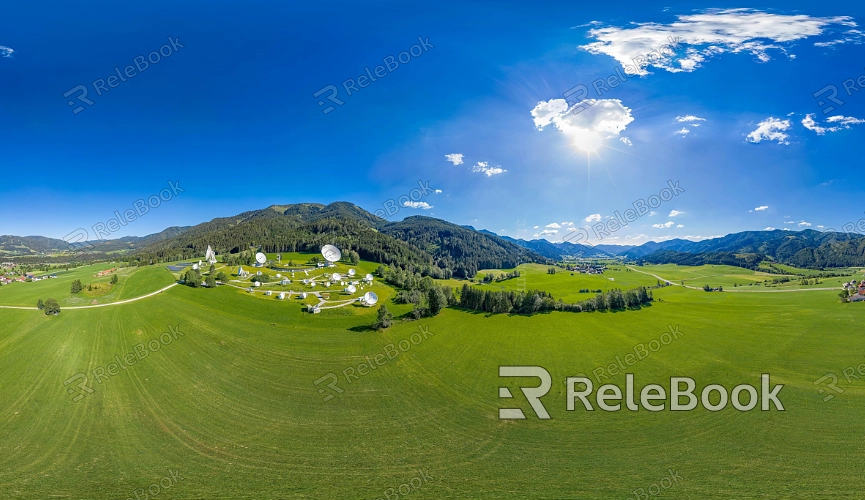How to Adjust HDR
In 3D modeling and rendering, applying HDR (High Dynamic Range) effects can significantly enhance the visual quality and realism of a scene. However, simply using an HDR image doesn't guarantee the best results. Fine-tuning is often required to achieve optimal visual performance. This article explores how to adjust HDR effects across different software and scenarios to optimize the rendering quality of your design projects.

1. Selecting the Appropriate HDR Image
Before making any adjustments, it’s crucial to choose the right HDR image. The quality and characteristics of the HDR image lay the foundation for all subsequent tweaks.
Image Resolution: Opt for a high-resolution HDR image to ensure clarity, especially when rendering large scenes. Low-resolution images may lead to blurriness or distortion.
Lighting Range: Choose an HDR image with a wide dynamic range that captures all details from shadows to highlights. This will help enhance the depth and realism of the scene.
2. Adjusting HDR Brightness and Intensity
Once the HDR image is loaded, it’s typically necessary to tweak its brightness and intensity to ensure the lighting effect suits the current scene.
Brightness Adjustment: Modify the brightness in the rendering settings or world properties to ensure the scene is neither too dark nor too bright. Proper brightness adjustment can balance the scene and prevent overexposure or underexposure.
Intensity Control: By adjusting the intensity, you can control the strength of the light source effect. This helps achieve the best lighting results in various environments.
3. Color Correction and Exposure Settings
Optimizing HDR effects isn’t just about adjusting brightness and intensity; color correction and exposure settings are also critical.
Color Correction: Use color correction tools to adjust the color temperature and saturation of the HDR image, making the lighting effect appear more natural. Fine-tuning color temperature is particularly impactful in daylight or artificial light scenes, significantly affecting the final rendered look.
Exposure Adjustment: Adjust the exposure settings to control the overall lighting level of the scene. Proper exposure ensures harmonious light and shadow effects while preserving details in bright areas.

4. Combining Other Lighting and Shadow Settings
Beyond tweaking the HDR itself, you can combine other lighting and shadow settings to further optimize the rendering results.
Adding Supplemental Light Sources: While HDR images provide panoramic lighting, additional light sources may be needed to highlight specific details or create special light and shadow effects.
Shadow Settings: In the render settings, adjust the softness and intensity of shadows to match the HDR effect. Proper shadow settings enhance the depth and dimensionality of the scene.
5. Optimizing Render Settings
After adjusting the HDR, further optimization of the render settings is essential to ensure high-quality output.
Resolution and Sampling Rate: Choose the appropriate rendering resolution and sampling rate to balance render time and output quality. Higher resolutions and sampling rates capture more lighting details but may increase render time.
Color Management: In the color management settings, select the suitable color space and contrast curve to ensure the rendered result meets the project's color standards and visual style.
By following these steps, you can effectively adjust HDR effects to significantly improve the rendering quality of your 3D modeling projects. Whether it's selecting the right HDR image, adjusting brightness and intensity, or performing color correction and exposure settings, these details will greatly influence the final visual outcome. If you're looking for high-quality HDR images, 3D textures, SketchUp models, or 3ds Max models to create models and virtual scenes, Relebook offers a wide range of resources to help bring your projects to life with greater realism.

